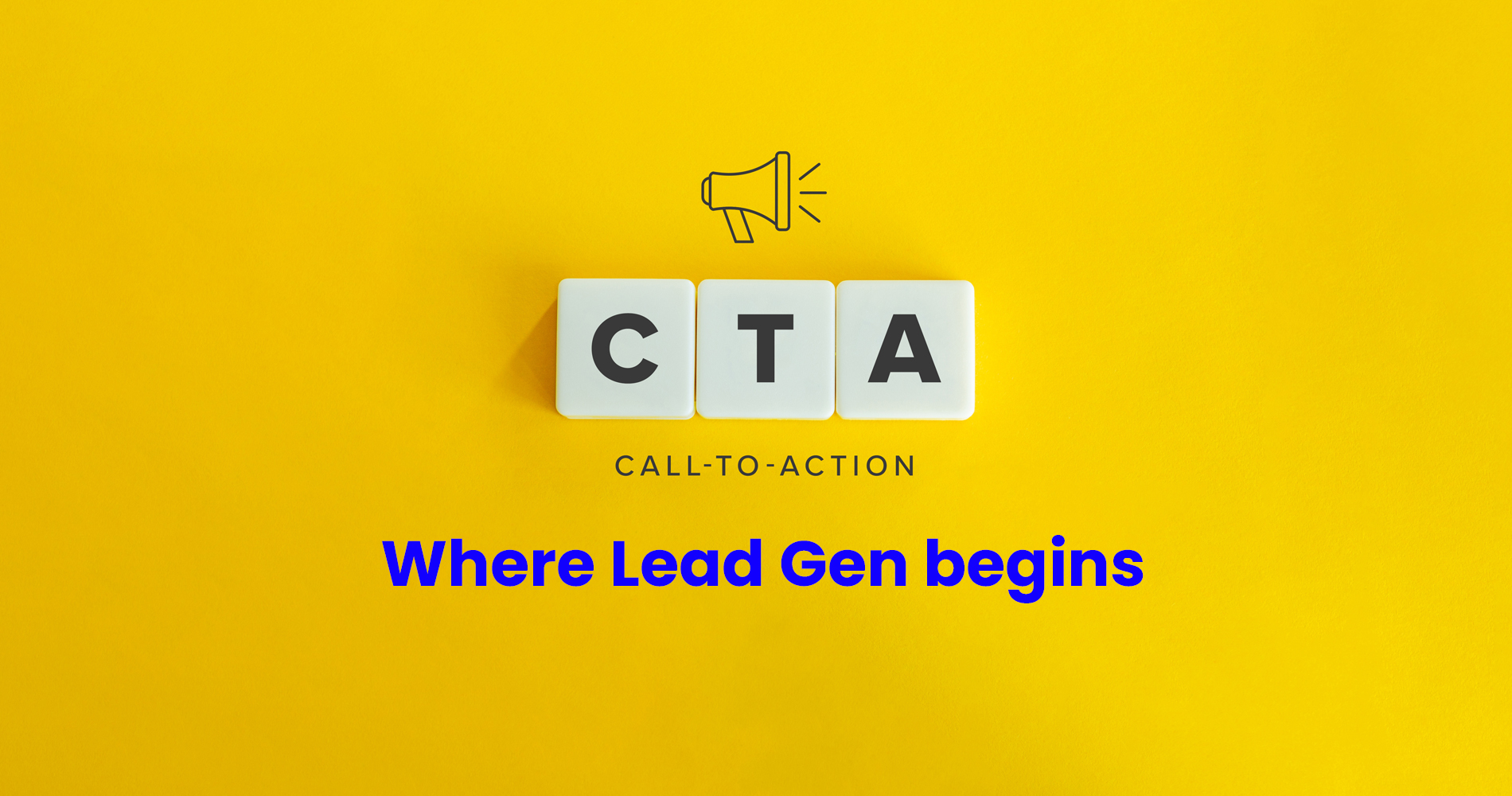Any marketer who operates in a highly competitive and wide-ranging market should invest in account-based marketing (ABM).
Account-based marketing employs hyper-personalised sales and marketing practices to target specific accounts. This is accomplished by developing value across a group of stakeholders jointly responsible for purchasing.
So you’re sold on ABM… the next big thing is to enable it into your system. We got you!
You may find this interesting: Smash Your Account Based Marketing with HubSpot
Monitoring and engaging with named accounts are critical components of account-based marketing (ABM). For sales teams to properly manage enterprise accounts, they need to identify the actions taken and the reasons for those actions.
A target accounts index page helps you keep track of your clients, as well as identify which ones need more attention. HubSpot CRM also offers lead capture tools, which you can use to make the most of your HubSpot CRM account.
HubSpot's CRM, workflows, and internal notifications make it easy to automate the monitoring of named accounts and alert the right sales people. HubSpot allows you to run end-to-end ABM campaigns. With HubSpot, you can ensure accurate data, ensure account visibility across sales and marketing, and scale your campaigns exponentially via automation, making it an excellent ABM tool.
Here are 5 tips for maximising your HubSpot CRM and/or inbound automation platform.
1. HubSpot named accounts identification
When implementing ABM, you need a method for identifying named accounts within your customer database. In HubSpot, you can accomplish this through a custom company property.
Getting started is simple. Create a property called 'Named Account', and check it on your existing accounts. It is also possible to identify and classify named accounts using dropdown properties rather than tiers.
2. Sales owners' setup and synchronisation
Let your sales staff know which accounts interact with your content, to augment their existing knowledge.
HubSpot helps you accomplish this by assigning the right owner to named accounts and reporting on their behavior. To accomplish this, you need a rule set and a workflow (or workflows).
HubSpot workflows can likely automate your account allocation process with logic branches or lead rotator rules.
Considering that HubSpot's automation is heavily impacted by individual contacts, it may be helpful to synchronise HubSpot owners across companies and contacts. As a result, the account owner receives notifications for every contact in his account, ensuring no one gets overlooked.
3. New contact notification
Having a conversion on your website and a new contact in your CRM is a positive sign. This should be raised with the account owner immediately, and the owner should determine if the contact is in the decision making unit (DMU).
When creating a HubSpot workflow, the starting criteria is contact information, not company information. You can, however, begin the workflow each time a new contact is made at the named account by using the Named Account property on the associated company. It should automatically notify the account owner of the new contact and prompt them to complete the enrichment and qualification process.
You can also enhance this process by creating custom contact properties that indicate membership in the DMU and by using external sources such as LinkedIn to identify job titles. By tailoring this activity notification workflow, only activity notifications will be sent to DMU contacts, thereby improving sales efficiency.
4. Named account contact activity notification
Keeping account owners informed about known contacts returning to your website is crucial.
The standard lead revisit notifications in HubSpot can be used when there are few named accounts and associated contacts.
Alternatively, HubSpot workflows can monitor for specific behaviors in an account - for example, specific web page views or form submissions - and send customised notifications.
5. Look-alike account notification
ABM can be a great way to reach companies that fit your ideal buyer profile, and your named account list is a great place to begin. With HubSpot, you can set it up to alert you when they appear on your site, enabling you to expand and scale your ABM efforts.
It is possible to do this in two ways, lead scoring and internal notification workflows or you can combine both of them for even better results.
Identify the ideal buyer's firmographics and add them as positive attributes to the lead scoring tool. A HubSpot Insights account can automatically gather revenue, industry, and country data for you.
The lead score you give these attributes depends on your preferences. A company must, however, meet all the criteria in order to qualify for a named account. As a result, a score equal to one for each attribute does not affect the total score.
Implement a workflow to notify sales personnel when a contact (not yet associated with a named account) reaches the target MQL score.
Accordingly, sales should set the named account property appropriately if an account qualifies, enrolling the account and its associated contacts.
There you have it
Depending on your ABM strategy and sales processes, you might need to modify these hacks to fit your particular integrations. Though, hopefully, they will provide you with a useful foundation for creating a customised solution to meet your requirements.
You may like this post too: What Is this thing they call Marketing Automation?







